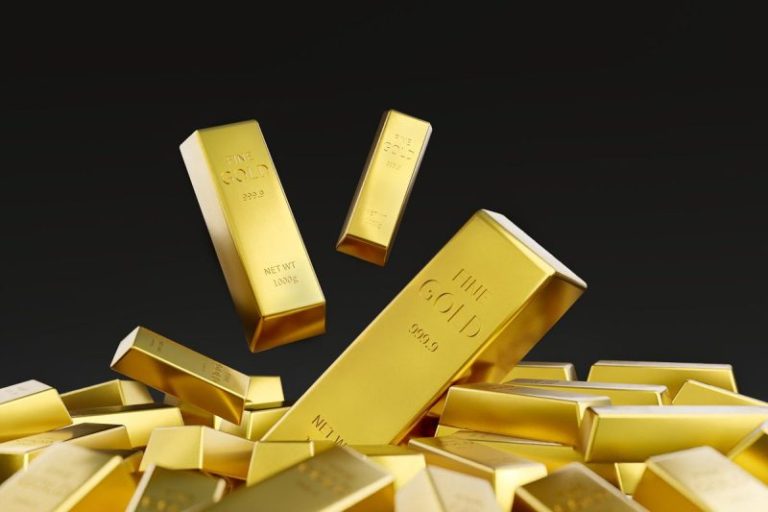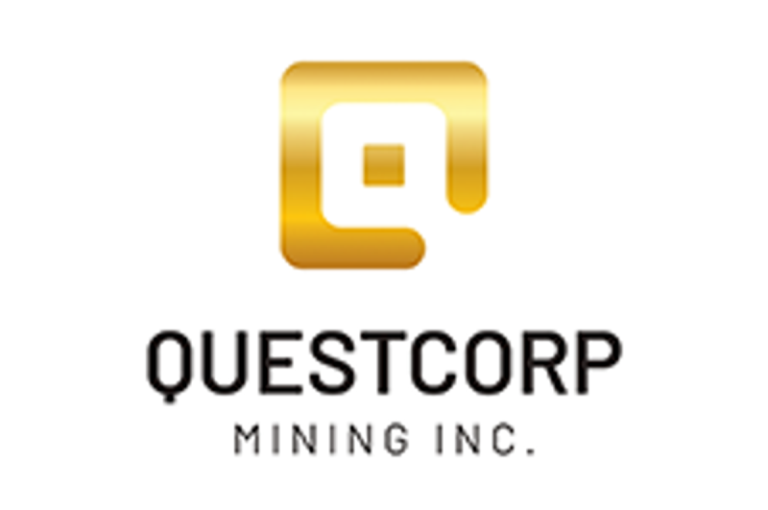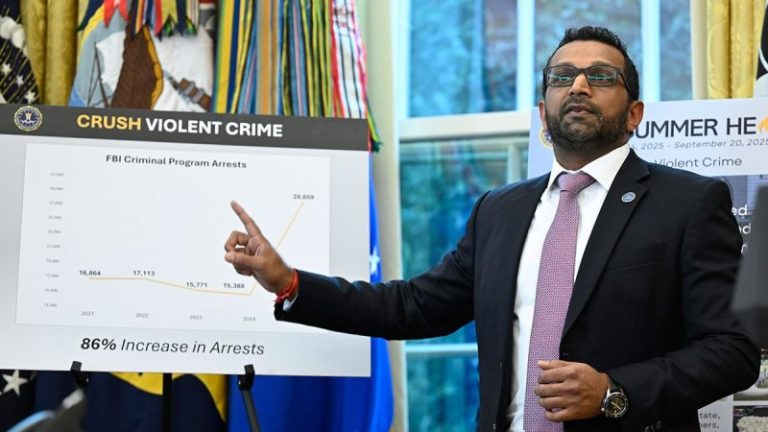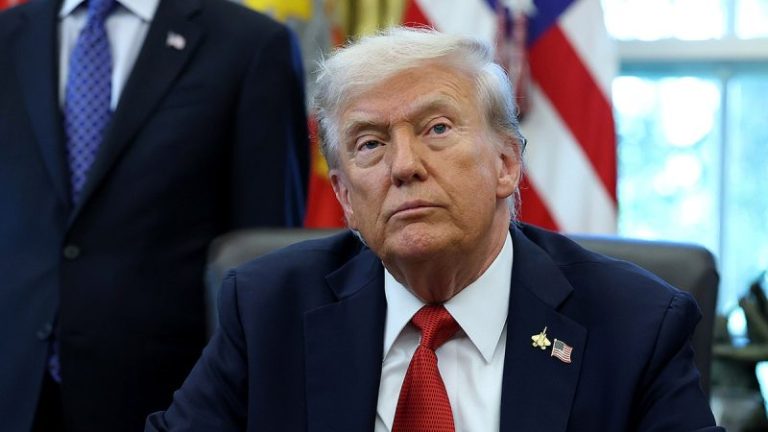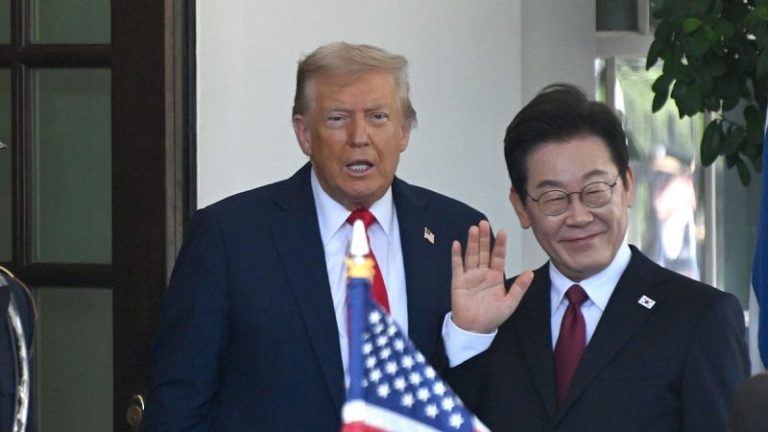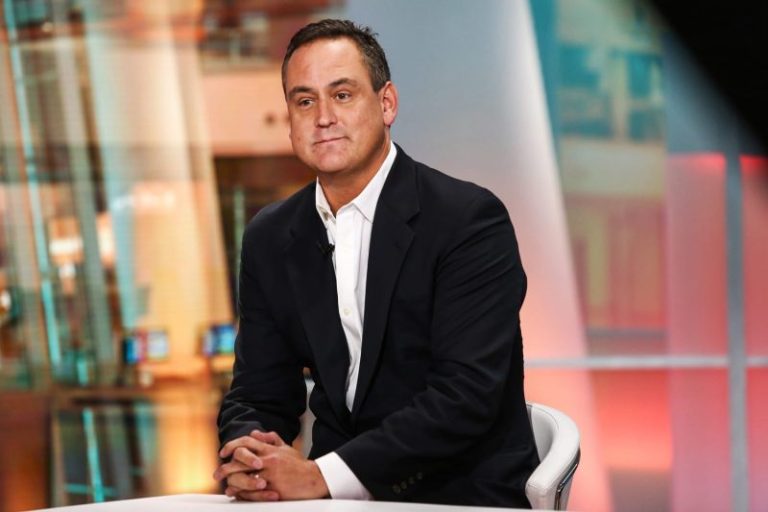The gold price rose to repeated record highs during the third quarter of the year, breaking through significant milestones of US$3,700 and US$3,800 per ounce.
The price rises were fueled by several factors, including safe haven demand led by economic uncertainty as US tariffs continued to impact the broader economy, as well as falling interest rates following the US Federal Reserve’s 25-basis-point cut to its benchmark rate in September.
Additionally, a government shutdown provided even more momentum on September 29, as Democrats and Republicans failed to reach a funding agreement. It marked the first time in seven years that lawmakers were not able to close funding gaps, forcing a shutdown of most federal government offices.
The gold bull market has been a boon for gold producers following several years of increasing costs and smaller margins, and has also lifted gold exploration and development companies.
Data for this article was retrieved on October 1, 2025, using TradingView’s stock screener, and only companies with market capitalizations greater than C$10 million are included.
1. Talisker Resources (TSX:TSK)
Year-to-date gain: 390.63 percent
Market cap: C$204.34 million
Share price: C$1.57
Talisker Resources is a gold exploration and development company focused on advancing its flagship Bralorne gold project in British Columbia, Canada, towards production from the Mustang underground mine.
The brownfield project consists of the historic Bralorne mine complex, which hosts three past-producing mines: Bralorne, Pioneer and King. Throughout their lifetimes, these mines produced 4.2 million ounces of gold, but operations were halted in 1971 due to low gold prices.
A January 2023 resource estimate outlines an indicated resource of 33,000 ounces of gold from 117,000 metric tons of ore with an average grade of 8.9 grams per metric ton (g/t) gold, along with an inferred resource of 1.63 million ounces from 8 million metric tons of ore at 6.3 g/t.
On January 8, Talisker announced that its 2025 Mustang mine plan had been reviewed by inspectors from the BC Ministry of Mines and Critical Minerals, and on February 11, the company indicated that early-stage work at the site had begun and was on schedule. Further updates throughout the first and second quarters indicated that development was continuing, noting the blasting of a diamond drill bay on March 26 and the lateral development toward the Alhambra vein on April 9.
On July 30, Talisker reported that it entered into three definitive agreements with metals trader Ocean Partners, including two sales agreements, under which Ocean Partners will buy 100 percent of gravity and sulfide gold concentrates produced under Talisker’s current milling agreement. The third agreement makes Ocean Partners the exclusive agent for end-to-end transport of concentrates from the mill to international buyers.
The most recent update from the mine came on September 8, when Talisker announced that it had completed its first sale, selling 707 ounces of gold from Bralorne for US$2.3 million. The company stated that the sale marked a key milestone as it transitions from developer to active producer.
After climbing through Q3, shares of Talisker reached a year-to-date high of C$1.66 on October 6.
2. Troilus Gold (TSX:TLG)
Year-to-date gain: 347.46 percent
Market cap: C$504.70 million
Share price: C$1.32
Troilus Gold is advancing its namesake property in Northern Québec, Canada. The project is situated within the region covered by Plan Nord, a 25 year, C$80 billion development initiative focused on mining launched by the Government of Québec.
A May 2024 feasibility study for the Troilus project revealed financials with a post-tax net present value of US$884.5 million, an internal rate of return of 14 percent and a payback period of 5.7 years based on a gold price of US$1,975 per ounce.
The included mineral resource estimate reports a probable mineral reserve of 6.02 million ounces of gold from 380 million metric tons of ore at an average grade of 0.49 g/t gold. It also hosts probable copper and silver reserves of 484 million pounds and 12.15 million ounces respectively.
Troilus has spent much of 2025 raising funds for the project’s development. The most significant came on March 13, when the company executed a mandate letter for a non-binding term sheet to arrange a debt financing package of up to US$700 million. The package is underpinned by four letters of intent from global export credit agencies in late 2024 for up to US$1.3 billion in combined potential financing.
On June 18, the company entered into an offtake agreement for gold-copper concentrate with German smelting company Aurubis (OTC Pink:AIAGF,XETRA:NDA), and the two companies signed a memorandum of agreement on August 26, establishing terms for the long-term offtake deal.
On July 10, Troilus entered into another commercial offtake agreement for copper and gold concentrates, this time with global metals company Boliden.
According to Troilus, these offtake agreements will be executed in connection with the previously announced US$700 million in debt financing.
Shares of Troilus reached a year-to-date high of C$1.42 on October 6.
3. Euro Sun Mining (TSX:ESM)
Year-to-date gain: 300 percent
Market cap: C$72.47 million
Share price: C$0.18
Euro Sun Mining is a development-stage company advancing its Rovina Valley copper-gold project in Romania. The project’s mining license received full approval for 20 years in 2018, with the option to renew it in five year increments.
An updated feasibility study from March 2022 shows a post-tax net present value of US$512 million and an internal rate of return of 20.5 percent, assuming a base case gold price of US$1,675 and a copper price of US$3.75 per pound.
Proven and probable mineral reserve estimates for the site include 1.84 million ounces of gold and 197,522 metric tons of copper from 123.3 million metric tons of ore with an average grade of 0.47 g/t gold and 0.16 percent copper.
Shares of Euro Sun saw significant gains around the same time as a March 25 announcement that the EU included Rovina Valley on its first list of strategic assets. The inclusion, which Euro Sun applied for in May 2024, will enable the company to expedite permitting at Rovina Valley and shorten the development timeline.
On May 7, Euro Sun reported it met with Romania’s Minister of the Environment to discuss the advancement of the project. Both parties agreed that a single point of contact was needed to ensure compliance and fulfill requirements under the CRMA framework. The company plans to submit an updated environmental act in the near future.
On June 20, Euro Sun signed a copper concentrate prepayment facility for up to US$200 million with private metals trader Trafigura, with the funding going toward permitting and investment to advance Rovina over the next 18 months.
Then, on July 11, the companies entered into a definitive pre-development facility agreement, with Trafigura making a facility of up to US$2.5 million available to Euro Sun for general corporate purposes while negotiating the terms of the US$200 million prepayment facility.
Euro Sun and Trafigura also agreed to a binding offtake agreement for up to 100 percent of commercial production for nine years or until a specified quantity of metals is delivered.
Shares of Euro Sun reached a year-to-date high of C$0.235 on August 14.
4. Vista Gold (TSX:VGZ)
Year-to-date gain: 282.5 percent
Market cap: C$369.28 million
Share price: C$3.06
Vista Gold is a development company advancing its flagship Mount Todd project in the Northern Territory, Australia, to production. The site covers an area of 153,700 hectares and hosts two significant gold deposits, Batman and Quigley.
Vista Gold has invested more than US$110 million since it acquired the property in 2006, with expenses including more than 60,000 meters of drilling along with metallurgical testing. The company has also received environmental and operating permits to begin development at Mount Todd.
On July 29, Vista Gold released its feasibility study for Mount Todd evaluating near-term development of a smaller, 15,000 metric ton per day operation compared to the option in 2024’s feasibility study. The new report demonstrated strong project economics, indicating an after-tax net present value of US$1.1 billion, with an internal rate of return of 27.8 percent and a payback period of 2.7 years, assuming a gold price of US$2,500 per ounce.
Once complete, the mine is expected to produce an average of 146,000 ounces of gold per year over a 30 year mine life, with an average of 153,000 ounces of gold over the first 15 years.
Additionally, an included updated mineral resource estimate reports a measured and indicated resource of 9.12 million ounces of contained gold from the property, with an average grade of 0.83 g/t, derived from 340.43 million metric tons of ore.
Shares in Vista Gold spiked in September, reaching a year-to-date high of C$3.08 on September 19.
5. International Tower Hill Mines (TSX:ITH)
Year-to-date gain: 250 percent
Market cap: C$473.98 million
Share price: C$2.45
International Tower Hill Mines is an exploration and development company focused on advancing its Livengood gold property in Alaska, US.
The property, situated in the Tolovana Mining District, comprises multiple patented, state, and federal mining claims spanning an area of 19,546 hectares. Extensive gold exploration has been conducted at the site since the early 1900s, resulting in the production of more than 500,000 ounces of gold in the area.
A 2021 pre-feasibility study demonstrated a significant resource: The site hosts proven and probable reserves of 9 million ounces of gold with an average grade of 0.65 g/t gold from 430.1 million metric tons of ore.
The economic case suggested an after-tax net present value of US$45 million, with an internal rate of return of 5.3 percent and a payback period of 10.4 years, assuming a gold price of US$1,680 per ounce.
International Tower Hill Mines announced on March 4 that it had completed a non-brokered private placement for gross proceeds of US$3.9 million.
The funds were largely earmarked for a US$3.7 million work plan announced on March 12, with a significant focus on the metallurgical study of antimony mineralization in the stibnite at the Livengood gold project. The plan also includes advancing baseline environmental data collection and waste rock geochemical analysis to support permitting efforts, as well as community engagement.
Results from the metallurgical tests, released on September 4, indicated that the stibnite at Livengood also carried significant grades of antimony, with one assay sample submitted for revaluation returning a grade of 4.19 g/t gold and 2.75 percent antimony.
The company stated that the results warrant a further phase of test work to assess how the samples respond to flotation and determine the characteristics of any resulting concentrates.
Shares in International Tower Hill Mines reached a year-to-date high of C$2.60 on October 3.
Securities Disclosure: I, Dean Belder, hold no direct investment interest in any company mentioned in this article.

